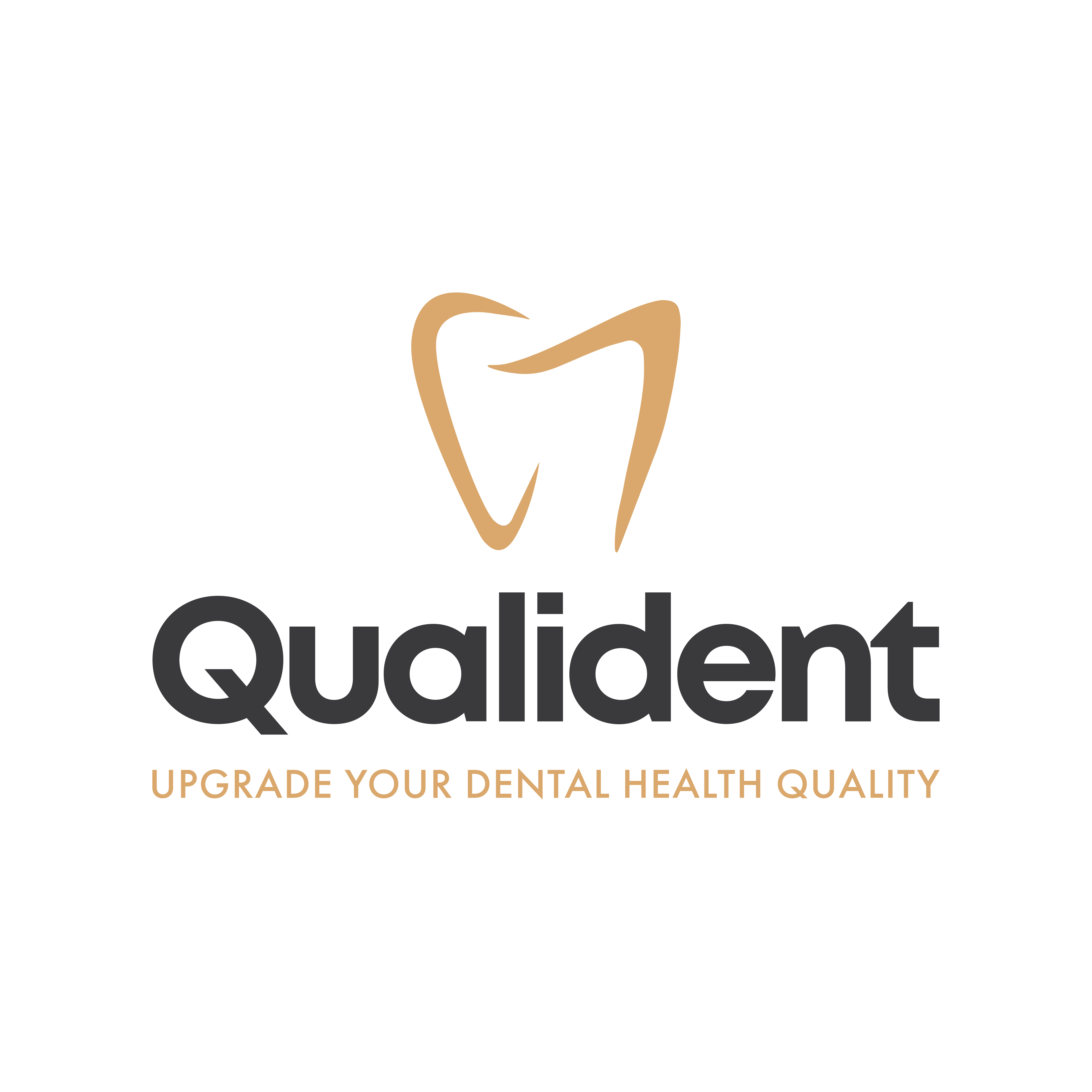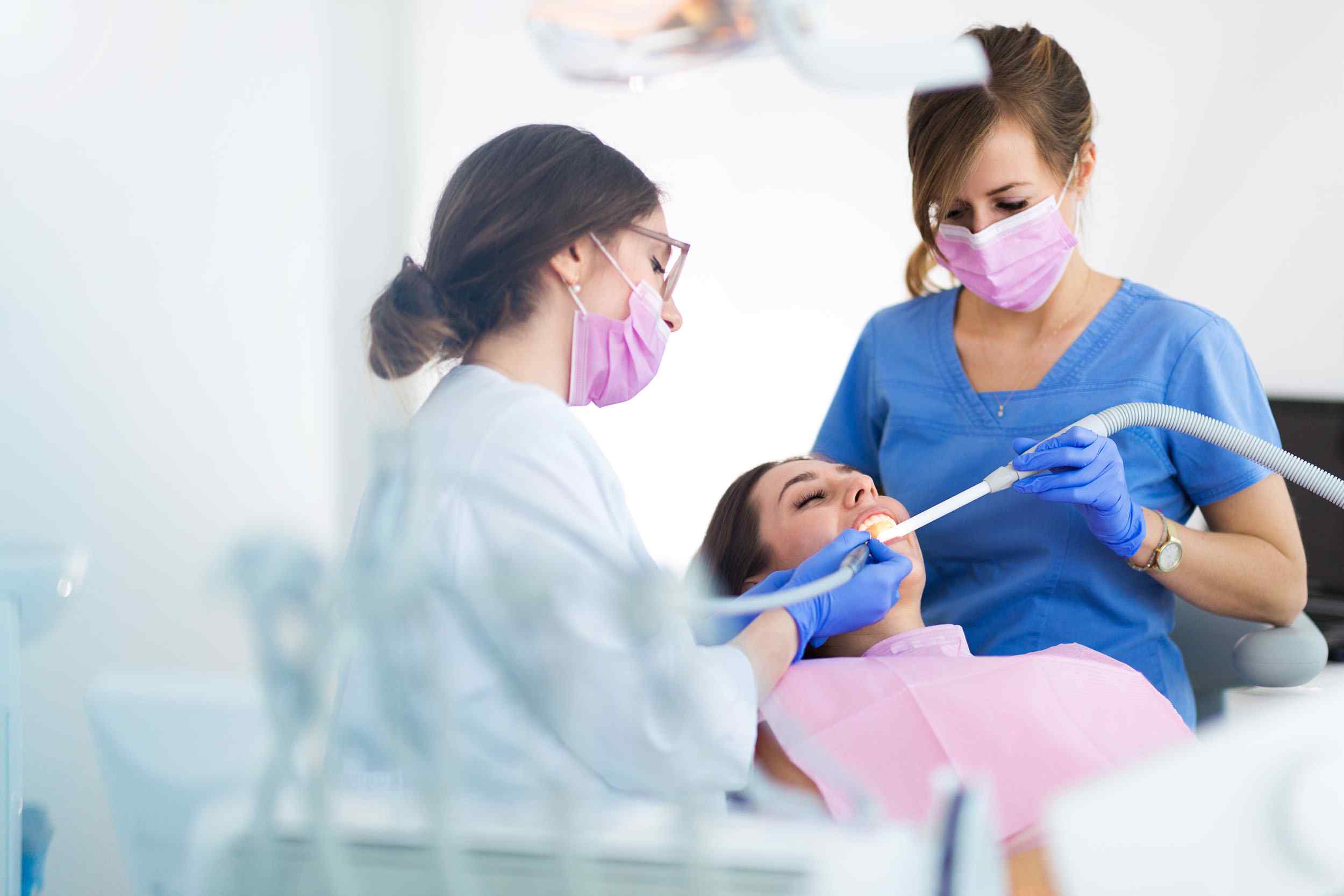What are metal braces?
Metal braces are the tried and tested method for teeth straightening, correcting the alignment of teeth and facial asymmetries.
They consist of metal brackets which are bonded on the outer/front surface of the teeth.
Metallic braces were among the first orthodontic appliances that were introduced for orthodontic treatment of misaligned or crooked teeth. Still, they are being commonly used in orthodontics, besides other types of braces such as ceramic braces and lingual braces.
What are metal braces made of?
Since the braces remain in the oral cavity for an extended time duration, they are prepared from materials that possess sufficient strength and excellent resistance to corrosion. Therefore, conventional metal braces are made of high-quality stainless steel or titanium alloys. Metallic braces consist of the following components:
Metallic brackets
Brackets are the appliances that are attached to the teeth and are the ones that become visible whenever you open your mouth for speech or smiling.
Metal brackets are made up of stainless steel, gold, titanium, nickel. Chromium is added to prevent the corrosion of stainless and molybdenum is added to prevent crevice and pitting corrosion.
Brackets are attached to the teeth with the help of special dental cement that is polymerized with the help of visible light. Orthodontic braces contain slots through which an archwire passes.
Metallic archwires
An archwire is simply a metallic wire that passes through specially designed slots within the brackets. Metallic archwires are either prepared from stainless steel, nickel-titanium, or β-titanium alloys.
Currently, Ni-Ti (55% nickel and 45% titanium) alloys are used more commonly than stainless steel alloys because of their super-elasticity and memory. Stainless steel alloys include 18% chromium and 8% nickel.
The thickness and rigidity of the archwires determine the force that is generated onto the teeth. Usually, flexible wires are used initially to gradually align the teeth followed by using rigid wires (like stainless steel) to bring about major orthodontic movements of teeth.
Orthodontic ligatures
Also commonly known as rubber bands, these are simply elastics that are used for holding archwires into their places in the brackets. Ligatures come in a variety of colors and patients can choose the color of their ligatures at every appointment, when they are replaced with fresh ones.
How do metal braces work?
Several years ago metal bands had been used on which the metal brackets were welded and these bands were cemented separately on each tooth surface. But this is outdated, as it was not at all esthetically pleasant.
The archwire is a wire available in different dimensions and shapes in different cross-sections which are inserted in the bracket slots, secured with ligature wire/ elastic ligature ties.
Basically, these archwires are the component of the entire assembly that delivers the force required for the movement of the teeth, that is why they are the active component. The ligature ties and the brackets bonded to the teeth are the passive components.
The archwire passes from all the bracket slots and extends to the molar teeth (rear teeth) which form the anchorage unit and are attached to the molars with the buccal tube which is bonded on the anchorage unit. They are called anchorage units because they are multirooted teeth and they firmly hold the archwire and act by pulling the front teeth without any change or a slight change in position of themselves.
When a force is applied, the archwire is pulled and held in place with the help of the brackets and posteriorly tightened and secured in the buccal tube. The tightened/activated archwire tries to move and relax which creates a force on all the teeth, front teeth as well as back teeth.
As front teeth have the lesser surface area and are single-rooted teeth, they move easily into the required position and the rear teeth which have the comparatively greater surface area and are multirooted acts as the anchorage unit resisting the forces without any movement or slight movement if required.
The type of orthodontic wire, as well as its thickness, determine the amount of force that is generated onto the teeth. This force is then used to move or re-align the teeth in their proper positions.
At every appointment, which is usually two to three weeks apart, your dentist will replace your ligatures and adjust the orthodontic wires so that they are tight enough to move your teeth.
Difference between traditional braces and self-ligating braces
- Traditional braces: use brackets made of stainless steel and bonded to the teeth.
- Self-ligating braces: consist of metal brackets bonded on the surface of the teeth.
- Traditional braces: require a ligature tie to secure the wire in place in the slot of the bracket.
- Self-ligating braces: consist of brackets that have a flap of metal. It is opened when the archwire is to be placed. Closing the flap secures the archwire in the bracket.
- Traditional braces. Although all types of archwires can be used, archwires with round cross-sections are extensively used. The advanced archwire may slip off from the brackets.
- Self-ligating braces: archwires with round, rectangle cross-sections and also advanced archwire types like coaxial wires can be secured safely.
- Traditional braces: the elastic ligature tie used is made up of rubber material, which may deteriorate over time and loosen up.
- Self-ligating braces: unlike ligature elastic ties, deterioration is not seen with self-ligating brackets.
- Traditional braces: the ligature ties are changed in every appointment.
- Self-ligating braces: once the self-ligating brackets are placed, they serve until the entire treatment is completed.
- Traditional braces: the amount of force may change as the grip of the ligature wire loosen up till the next appointment.
- Self-ligating braces: consistent magnitude of the force is applied to the teeth resulting in faster and precise tooth movement.
- Traditional braces: more economical.
- Self-ligating braces: comparatively more expensive.
What are the differences between kids braces and adult braces?
Orthodontic treatment is the movement of the teeth exclusively with little changes in bone whereas orthopaedic treatment focuses more on the bone and the direction of its growth.
For kids, orthodontic treatment is usually accompanied by orthopaedic treatment which facilitates proper growth of the jaws which greatly improves the facial appearance and features along with the dental appearance and smile.
Orthopaedic appliances can be used only for growing patients which coincides with the pubertal growth phases. They are used before the beginning of prepubertal growth spurts to achieve maximum results.
Braces are usually avoided in primary dentition unless some major discrepancies are noted.
We talk about adult orthodontics when the treatment is done after the eruption of complete permanent dentition.
The treatment is more on resolving the dental issues than jaw growth. If any major jaw problems persist, they can only be corrected by orthodontic treatment accompanied by orthognathic surgery.
Orthopaedic appliances show no result once an individual crosses puberty.
In what colors can you get metal braces?
Metal brackets and archwires are available only in metallic silver color.
The elastic ties are available in plenty of colors, like a palette of an artist.
Available in red, blue, green, pink, violet, purple, maroon, silver, grey, yellow, orange, black, white, clear etc. Even shades of these colors are available like dark blue, light blue, royal blue, indigo blue etc.
The color can be chosen based on the patient’s choice and skin tone. With every appointment, they can be changed. Usually, kids are more excited to choose their favourite one.
Getting used to metal braces
After getting your braces, it is common to have difficulty in eating and speaking for the first few days. However, your mouth will soon get used to the “additional” appliances and they will become a part of your oral cavity. Make sure that you maintain impeccable oral hygiene and avoid sticky and hard foods during your treatment.
Management of dislodged braces
Braces are attached to your teeth with the help of adhesive cement. If you are not careful about your diet and continue to eat sticky and hard foods, there are chances that the metallic brackets may get dislodged from your teeth.
What to do in this case?
First, don’t panic! Simply secure the bracket and visit your dentist or orthodontist immediately. At the dental office, the tooth will be cleaned and the bracket will be re-attached to it.
Using orthodontic retainers
After the orthodontic treatment is completed and the required results have been achieved, your dentist will give you a fixed or removable retainer to wear, so that your teeth do not revert to their previous positions.
The downside of metal braces
Despite the excellent results achieved by the use of metallic brackets for orthodontic treatment, their use is gradually declining due to their unesthetic metallic appearance.
If you don’t want people to notice your braces whenever you speak or smile, then you can choose ceramic braces or Invisalign clear aligners for your orthodontic treatment.


